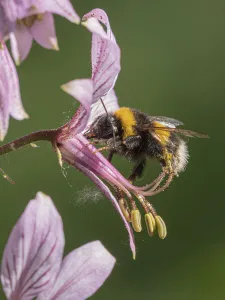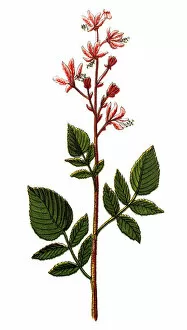Fraxinella Collection
Fraxinella, also known as Dictamnus albus or Dittany, is a captivating flowering plant that thrives in various habitats
All Professionally Made to Order for Quick Shipping
Fraxinella, also known as Dictamnus albus or Dittany, is a captivating flowering plant that thrives in various habitats. In the enchanting Kaiserstuhl forest, a group of these delicate white flowers can be found amidst the downy oak trees, creating a picturesque scene. Their presence not only adds beauty to the surroundings but also attracts fascinating creatures like the buff-tailed bumblebee. This industrious bee diligently collects nectar from the fraxinella's blossoms in Umbria, Italy during May. The allure extends beyond its aesthetic appeal and has been featured alongside other stunning plants such as White Helleborine and Yellow Day Lily in Hortus Eystettensis by Basil Besler. The combination of these vibrant blooms creates an exquisite display of colors and textures. Interestingly, often associated with rue and honey flower species due to their similar characteristics and shared habitat preferences. Its scientific name, Dictamnus albus, highlights its connection to burning bush as it possesses certain geographical variants that give off a fragrant aroma when touched or crushed. Artists have long been captivated by this unique plant's beauty; one example being an illustration from Gottorfer Codex dating back to c. 1650 where fraxinella takes center stage on gouache-painted parchment. In addition to its visual appeal and historical significance, fraxinella holds practical uses too. Known as gas plant for its flammable properties when exposed to fire or sparks, it has been utilized for medicinal purposes throughout history. Fraxinella truly stands out among nature's wonders with its elegant appearance and intriguing qualities. Whether admired in forests or depicted in art forms across centuries, this remarkable plant continues to fascinate all who encounter it.












